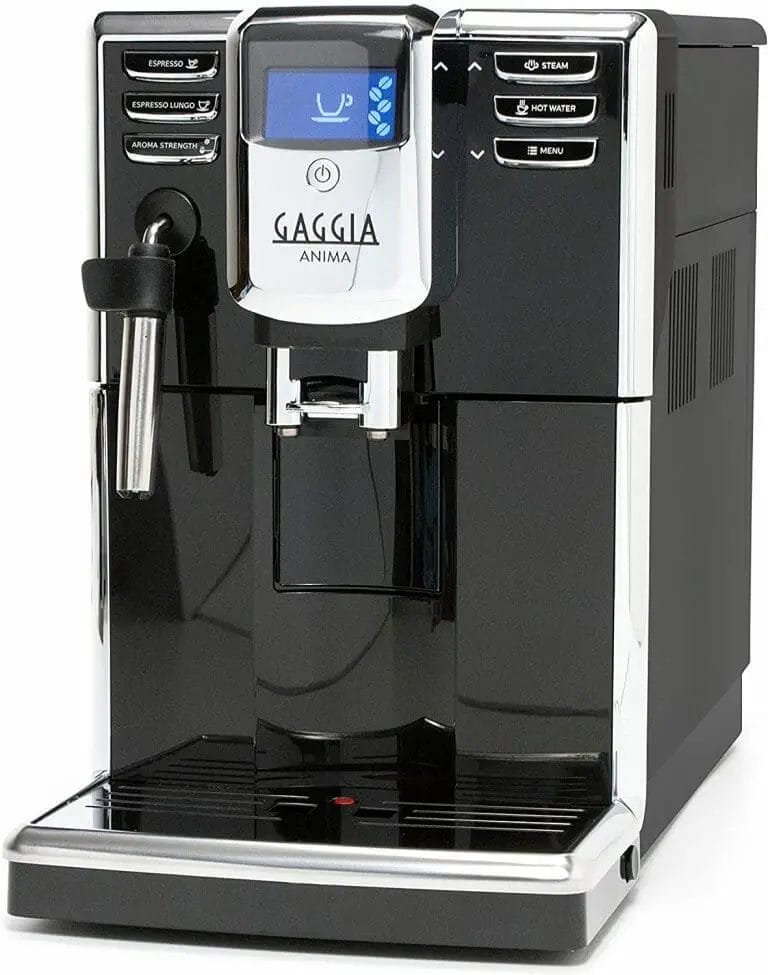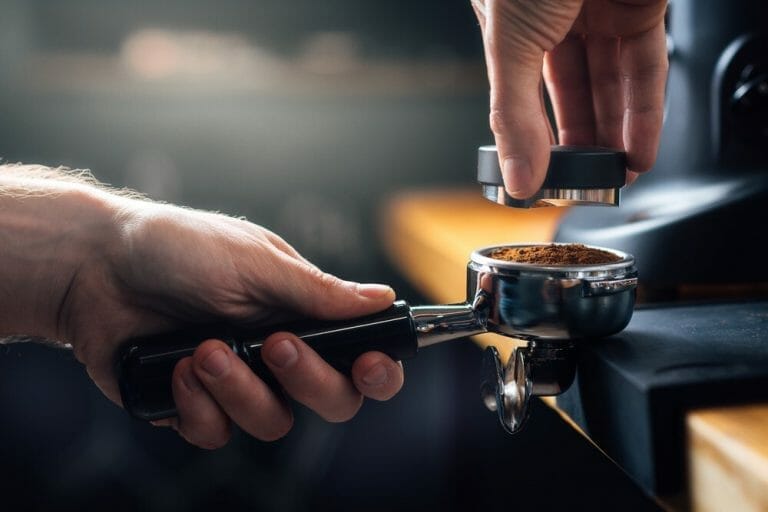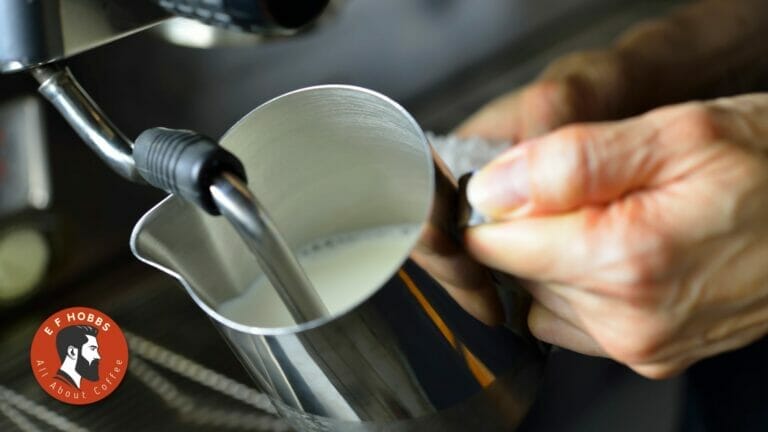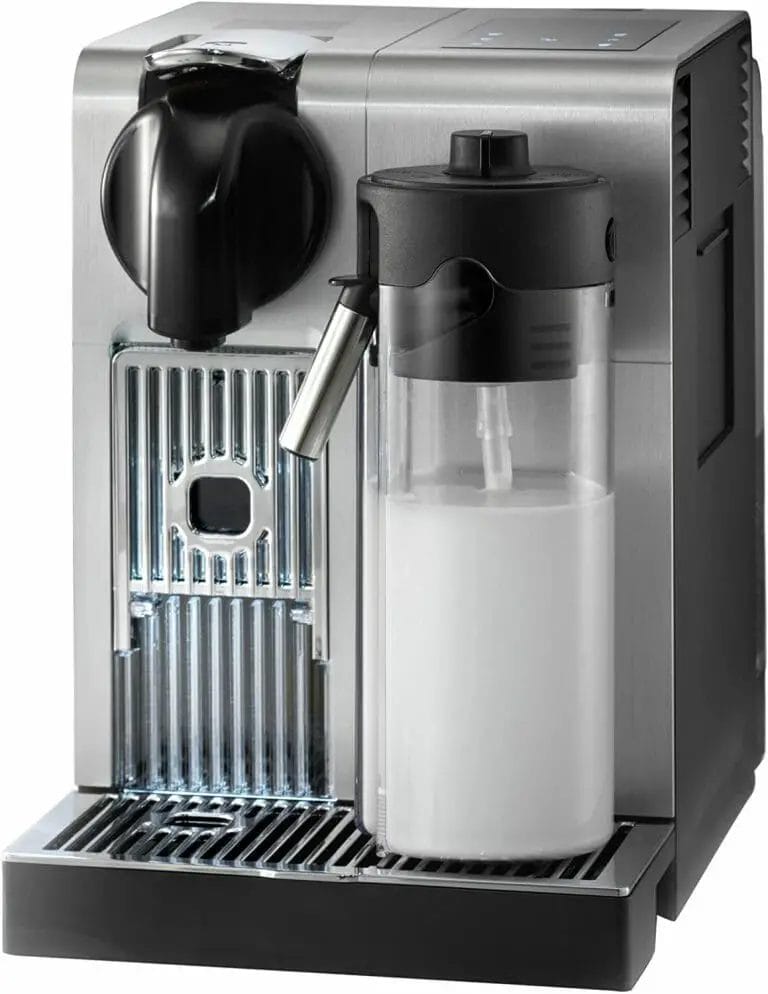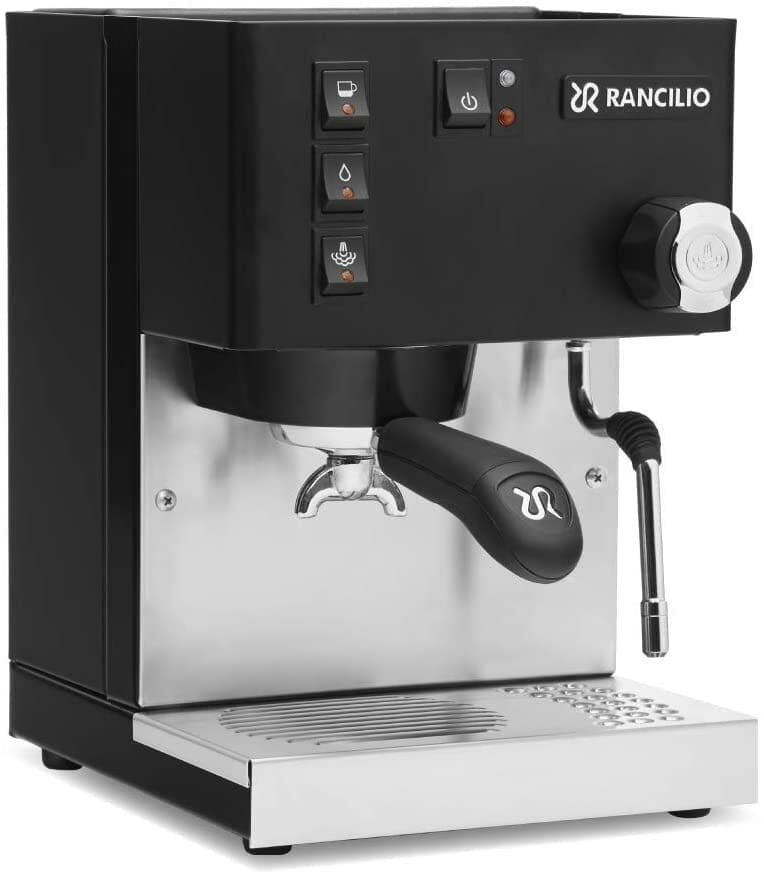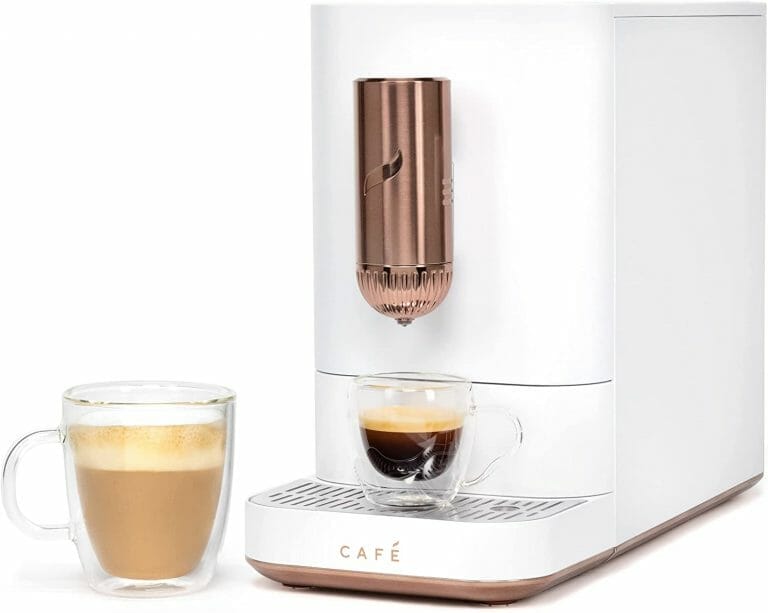What Is Backflushing Espresso Machine?
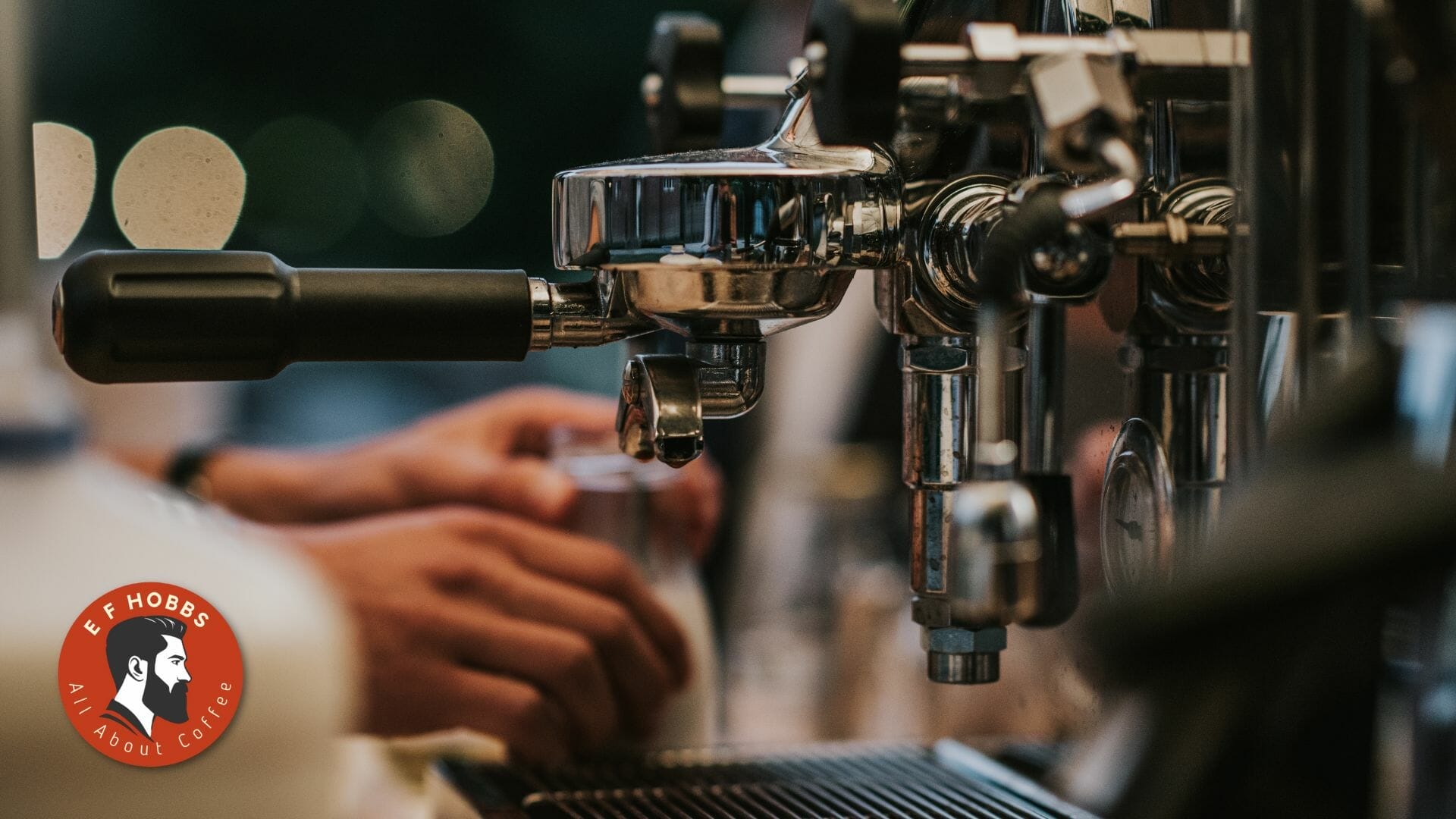
Are you curious about backflushing espresso machines? As a World Barista Champion, I’m here to tell you why this is a technique worth learning.
In this article, I will explain what a backflushing espresso machine is, as well as the benefits this technique can provide for your coffee-making process.
You will learn why backflushing is an important part of espresso machine maintenance and how it can help improve the quality of your espresso.
So, read on and find out why backflushing is a must-have skill for any espresso enthusiast!
What Is Backflushing?
Backflushing is a process used to keep espresso machines clean and running smoothly. The process involves forcing a solution of water and detergent through the machine’s group head, portafilter, and shower screen.
This solution helps to remove any built up coffee oils, residue, and other debris that can accumulate over time.
Backflushing helps to maintain the taste of espresso shots and keep the machine running well.
Backflushing is best done on a daily basis to keep the machine clean and functioning optimally.
For this reason, it is important to make sure that you have the correct solution and equipment to do the job.
The solution used for backflushing is a special detergent that is specifically designed for espresso machines.
Additionally, you’ll need a blind filter basket, backflush disk, and a cleaning brush. With these items, you’ll be able to effectively backflush your machine and keep it in top condition.
How Often Should You Backflush?
As a rule of thumb, it is recommended to backflush your espresso machine at least once a week.
If you use your machine more frequently, or if you have a heavy-duty or commercial model, you should backflush more frequently. You may even want to flush the machine before and after every use.
This will help ensure that your espresso machine remains free of buildup and is operating at peak efficiency.
Additionally, frequent backflushing ensures that any oils, coffee residue, and other debris are removed from the machine, which will help you produce the best possible espresso.
Finally, it is important to use a good quality detergent when backflushing. This will help to remove stubborn residues and keep your machine clean.
For those who use their espresso machine professionally, backflushing should be done even more frequently – ideally before and after each shift.
By following these guidelines, you can be sure that your espresso machine will stay in great shape and give you the best possible cup of espresso every time.
How To Backflush Espresso Machine
Greetings! I am James Hoffmann, World Barista Champion. Backflushing your espresso machine is an important part of its routine maintenance.
This process helps to remove built up coffee oils and residues that can affect the flavor and overall performance of your espresso machine.
In this section, I will explain how to backflush your espresso machine so you can enjoy perfect shots of espresso every time.
1. Prepare Your Espresso Machine
Before you begin the backflushing process, it’s important to make sure your espresso machine is properly set up and ready to go.
This includes ensuring the machine is clean and all parts are in good working condition.
Start by cleaning the portafilter and group handle. Make sure to remove all coffee grounds, oils, and debris, as they can interfere with the backflush process.
If the portafilter has a rubber gasket, check to make sure it is in good condition and securely attached to the portafilter.
Next, fill and install the backflush detergent in the portafilter basket. Be sure to use a detergent specifically designed for espresso machines, as this will help ensure a thorough backflush.
Finally, check the espresso machine’s settings to make sure everything is properly adjusted.
This includes the temperature, pressure, and water levels. Adjust the settings as necessary to ensure optimal performance.
Once you have verified that all the components are in working order, you are ready to begin backflushing your espresso machine.
2. Prepare The Portafilter
Once you have assembled your portafilter, it is time to prepare it for backflushing. Start by ensuring the portafilter handle is firmly attached to the grouphead.
You should then insert the backflush disk into the portafilter. This disk is specially designed to allow the water to flow through the portafilter at high pressure, which is necessary for a thorough backflush.
Once the disk is in place, use a brush to make sure the basket is free of any coffee residue. This will ensure that the backflush water can flow freely throughout the portafilter.
Finally, make sure to firmly attach the portafilter to the grouphead before you begin the backflush process.
This will ensure that the pressure of the backflush water is maintained throughout the process.
3. Perform The Backflush
Now that you have prepared the machine and portafilter, you are ready to backflush.
Make sure to have your blind filter in place before you begin. Then, pour in a teaspoon of espresso machine cleaner into the portafilter.
Place the portafilter into the group head and activate the pump. Let the pump run for a few seconds, then turn it off.
This will distribute the cleaner throughout the brewing circuit. Now, activate the pump again and let it run for approximately 10 seconds.
Turn off the pump and then remove the portafilter. Rinse the portafilter and blind filter, then reinsert the portafilter into the group head.
Activate the pump again and let it run for a few seconds, then turn it off. The backflush process is complete.
It’s important to backflush your espresso machine regularly in order to maintain its performance.
Regular backflushing will help to prevent clogs, improve flavor, and ensure that your machine is running at its best.
With a few simple steps, you can perform a backflush and keep your espresso machine running like a world champion.
4. Make Sure The Machine Is Free Of Cleaner
The fourth and final step in backflushing an espresso machine is to make sure that all traces of the cleaner have been completely removed from the machine.
This is an important step since any residual cleaner left in the machine could affect the taste of the espresso. To do this, you should first run the machine on its highest setting for about 10 seconds.
This will cause the cleaner to be flushed out of the grouphead. Next, you should run a few cycles of clean water through the grouphead and the steam wand until the water runs clear.
Finally, you should check the steam wand and grouphead to make sure that all traces of the cleaner have been removed.
If there are still traces of the cleaner present, you should repeat the process until all traces have been eliminated.
By following these steps, you can be sure that the espresso produced by your machine will not be affected by the cleaner.
What Is The Purpose Of Backflushing Espresso Machine?
Backflushing is an important part of the maintenance of an espresso machine. It is a process that helps to remove built-up oils and residues from the portafilter, shower screen, and other components of the espresso machine.
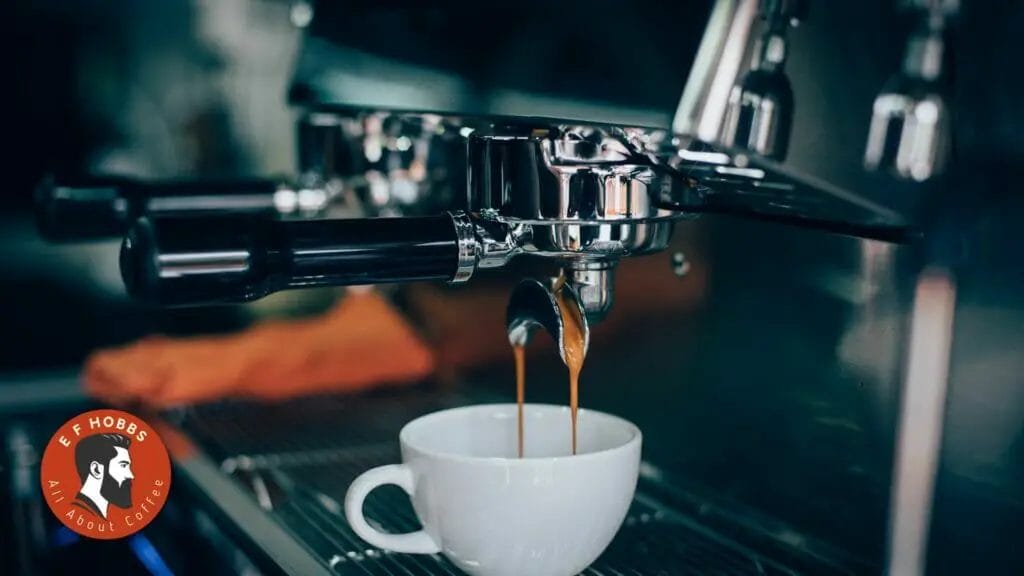
This helps to ensure that the espresso is of the highest quality and that the machine is performing optimally.
By backflushing, we can help to extend the life of the machine and reduce the risk of any issues due to built-up residue.
In addition, backflushing can also help to keep the espresso from tasting bitter or burnt.
This is why it is important to regularly backflush your espresso machine to ensure it is producing the best possible espresso.
Is Backflushing The Same As Descaling?
No, backflushing and descaling are two distinct processes. Backflushing is a regular maintenance process used to keep the espresso machine in good working order, while descaling is a deep-cleaning process that should be carried out every few months.
Backflushing involves running a cleaning agent through the grouphead to flush out any built-up coffee oils, while descaling involves using a special descaler solution to remove any limescale that has built up in the machine.
Both processes are important for keeping the espresso machine in good condition and ensuring the quality of the espresso.
What Happens If You Dont Backflush Espresso Machine?
If you don’t backflush your espresso machine regularly, the performance of your espresso machine will suffer significantly.
Without backflushing, the holes in the shower screen become blocked with coffee residue, which can lead to uneven extraction and poor tasting espresso.
In addition, a lack of backflushing can cause the machine to become clogged, making it difficult to operate and potentially damaging the espresso machine.
Furthermore, if backflushing is not carried out regularly, the espresso machine may need to be serviced more frequently, resulting in additional costs.
For these reasons, it is important to backflush your espresso machine regularly to maintain its performance and avoid costly repairs.
What Can I Use To Backflush My Coffee Maker?
If you’re looking for a way to backflush your espresso machine, there are several options available.
Commercial espresso machines usually come with a backflush disk, which is a plastic disk that fits into the portafilter.
This disk is designed to create a seal in the portafilter, allowing the user to backflush the machine easily and efficiently.
Alternatively, you can also use a backflush cleaning tablet or powder to backflush your espresso machine.
Both of these products are specially designed to remove any built-up coffee residue that can clog the machine and impede its performance.
Finally, if you’re looking for a more natural approach, you can use a combination of hot water and a teaspoon of baking soda to backflush your espresso machine.
Whichever method you choose, backflushing your espresso machine regularly is key to ensuring that it is always functioning at its best.
Conclusion On What Is Backflushing Espresso Machine?
Backflushing espresso machines are a great way to ensure that your espresso shots are consistently tasting great.
It is an effective practice that allows for the removal of built-up coffee oils from the filter basket, helping to reduce the bitterness of the espresso shot.
Backflushing also helps to reduce the amount of maintenance required for an espresso machine.
As a World Barista Champion, I highly recommend backflushing as an essential part of maintaining your espresso equipment and making sure your shots are consistently tasting great.

